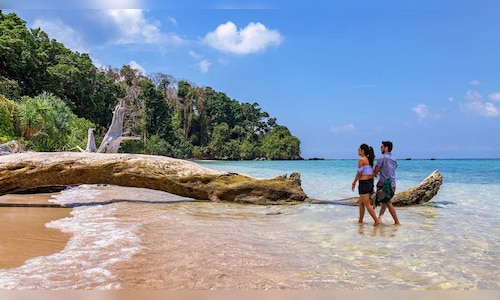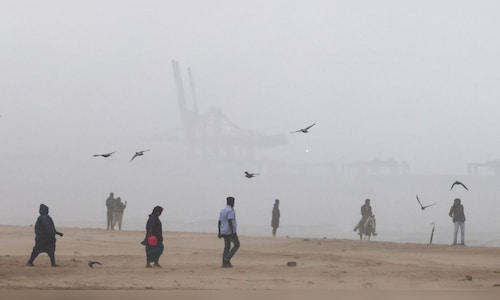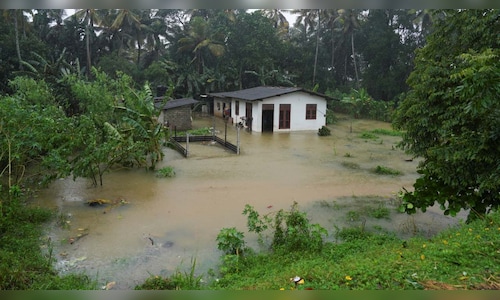Officials said that the new eco-tourism resorts will be set up at Neil Island, Megapode Resort in Port Blair, Aves Island, Long Island, and Smith Island in the North and Middle Andaman districts. The Andaman and Nicobar Islands Integrated Development Corporation Limited (ANIIDCO) has invited bids for these projects under a public-private partnership model, following a design, build, finance, operate and transfer framework.
A pre-bid meeting is scheduled for August 14, with the bidding process to take place on September 15.
Also read | Andaman and Nicobar’s masterstroke to boost eco-tourism: Read all about it here
Aves Island, known for its vast coconut plantations and coral flat beds, will be opened for tourism for the first time. Located close to Mayabunder town, the island features a two-kilometre coastline and is considered ideal for nature-based activities such as camping. “It is close to the Mayabunder town and has live and dead coral flat beds along with a 2-km coastline, making it an ideal destination for campers,” officials said. A trek through the island’s lush coconut groves will lead visitors to a lighthouse situated at its southern tip.
The administration owns a 2.75-hectare parcel of land on Aves Island, which will be leased to ANIIDCO for development. The proposed resort is expected to require an investment of nearly ₹36 crore and will include 50 rooms. Planned amenities include a shopping area, wellness centre, and a range of recreational offerings such as scuba diving, fishing, trekking and camping.
At Long Island, the proposed resort at Lalaji Bay will involve an estimated investment of ₹391 crore and provide 220 rooms. The Smith Island project is expected to cost ₹60 crore and include 70 rooms. Meanwhile, the resort at Neil Island is slated to be developed at a cost of ₹172 crore, offering 120 rooms.
Also read | Kadamakkudy Islands: Here’s why you must visit this floating village in Kerala
According to officials, the objective of these projects is to develop world-class, sustainable tourism infrastructure while keeping environmental impact to a minimum. The initiatives are expected to attract both domestic and international tourists while preserving the fragile island ecosystem.
(Edited by : Jerome Anthony)






